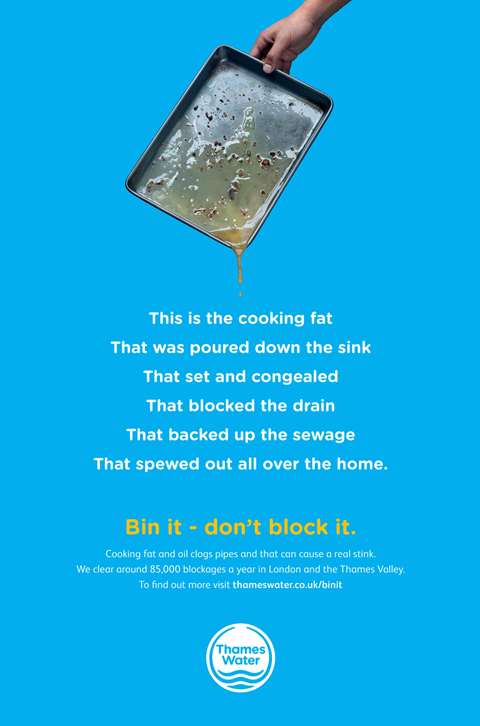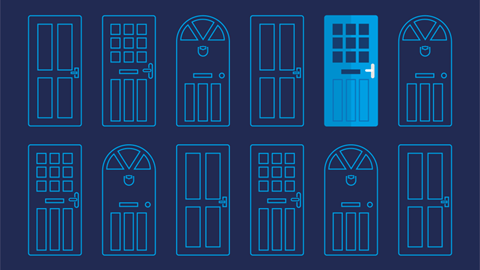The power of print at a glance:
- The failed promises of digital mean that traditional marketing channels like door drops are growing in popularity
- New measurement tools like JICMail are helping mend the reputational issues associated with traditional media
- Door drops may not match the visual flair of a TV spot or banner ad, but advertisers must understand that creative cost-effectiveness matters most
From transparency and poor performance, to lack of viewability and ad fraud, cracks in the shiny digital veneer are beginning to show. And in this context, traditional marketing channels like door drop are growing in popularity.
GDPR has certainly played a role, as regulatory changes go some way towards establishing a level playing field for acquisition channels. But the interest we’ve witnessed so far isn’t yet about regulation – that will come later in the year. No, this is about performance.
The walled gardens of Google and Facebook tell you only about the online journey and not what came first. Insights from the likes of JICMail on the interactions between consumers and door drops suggest that money has been overspent and the pendulum has swung too far in the direction of digital.
Results from ALF Insight for the first quarter of 2018 show that advertising spend on door drops has risen, while advertising spend on digital has gone down. It’s up to us to wake advertisers from the post-digital hangover and prove to them that some of the money has gone to the wrong places, while the channels they’ve neglected have got better at driving a response.
Perception vs reality
When I look at the media hierarchies of my clients, in terms of what’s driving a response, door drop isn’t always the top performer, but it’s usually top table.
The aim for us door-drop evangelists then is to up our game, certainly on targeting but also on measurement. To get that proof of concept to say that if we do X in Y area, then we can expect online traffic and sales to rise Z%. That, I think, has been a real step change in bringing evaluation and attribution into the door-drop conversation.
In terms of its reach, it’s unbeatable. We’re in more homes than any other marketing channel, including the internet. And in fact, what we’re realising is that the ‘sweet spot’ for us is the intersection between ROI and reach. We can deliver good performance, if not the best performance, at a compelling cost per acquisition across the country.
Digital display advertising, by contrast, is usually at the bottom of the pile, both in terms of scale and effectiveness. And yet today £3bn is still spent on digital display and only £2bn on mail and door drops.
Creative cost-effectiveness
This is a channel that has been relatively sidelined, maybe even sent to the gulag of media for the last 10 years. And that extends to the creative space.




